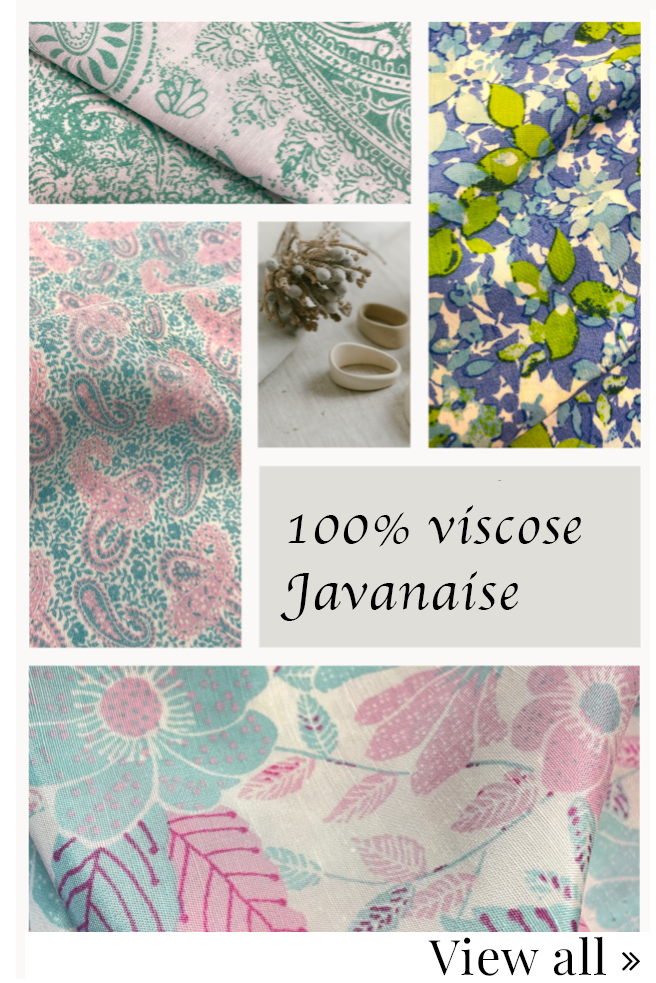Viscose - the most popular artificial fabric
28.8.2024 10:52
Viscose is the most popular synthetic material. It is also called "artificial silk" or "rayon" and its basis is cellulose fiber, which is obtained from purified wood pulp. Thanks to its parameters and processing method, it combines the advantages of natural and synthetic substances. 
And what are the properties of viscose?
- It is breathable, airy and cools pleasantly in the summer.
- Viscose fabric wicks away moisture very well.
- It does not electrify and thus does not attract specks and hairs.
- He doesn't get laid.
- It is not elastic.
- It is prone to creasing, but is easy to iron.
- Thanks to the admixture of other fibers, it is possible to soften viscose and obtain materials with a pleasant texture.
A window into history
The origins of viscose fiber date back to the end of the 19th century, when this textile material was first produced by a Frenchman named Hilaire de Chardonnet. In the 20th century, the popularity of viscose grew considerably as it was a significantly cheaper alternative to silk and later replaced cotton and wool. During both world wars, when supplies of textile raw materials to Europe were strictly limited, viscose became an almost exclusive material for the production of clothing.
Viscose processing
The basic raw material for the production of viscose is cellulose. Although it is contained in all plants, only certain types of wood and cotton waste are suitable for the production of textile material. In Europe we are mainly talking about beech or spruce wood, in Asia eucalyptus wood is also used. In an industrial process, this cellulose is transformed into a thick, viscous mass, which is then pushed through a nozzle into acid and solidified into solid fibers.
Viscose and its modern use
Nowadays, viscose fabric is very popular in the clothing industry. It is flowing, soft and pleasant to wear. Our 100% viscose Javanaise is very suitable for making dresses, blouses, tank tops, shirts, skirts, trousers and other clothes.
Viscose care
This textile material can be washed in a washing machine at 30 ºC at low speed, it is ideal to wring it by hand. We do not recommend drying it in the dryer and if ironing is necessary, choose the lowest temperature.



